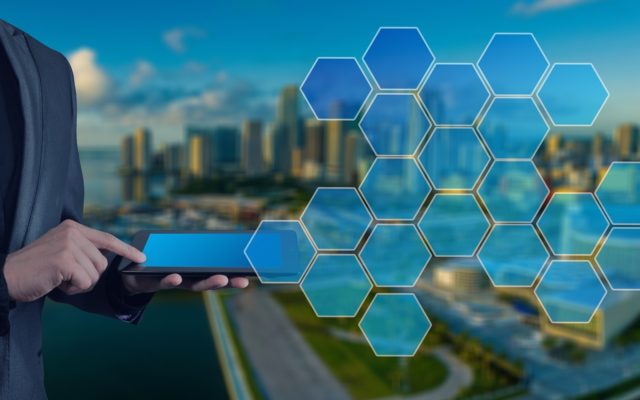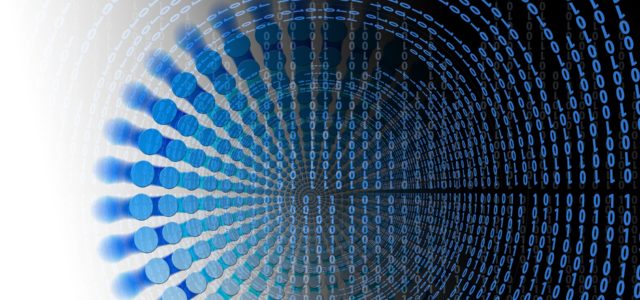The Internet of Things, or IoT, is a massive collection of data that gets taken from every device and categorised into a useful source of information for small and big businesses. Much of the data in IoT provides a better understanding of consumers’ wants and needs for companies to stay ahead of demand. Now, some companies have adopted the IoT for matters on a larger scale, such as employee safety.
The IoT collects data on all subject matters, from ideal work environments to health hazards. Using the data can make industrial and construction work safer and more efficient for the company and the employees. Saving money and making sure everyone goes home at the end of the day is all many businesses can ask for. There are a variety of options to use data in the field, many of which are already in place.
Wearable Tracking
Workers can connect to the IoT constantly to warn them of dangers in the environment. The IoT may be aware of risks from steep falls or dangerous machinery individual workers overlook. Data gets involved via wearable and embedded sensors, allowing companies to track and monitor their employees on the jobsite.
While the thought of being tracked the entire time you’re working can be a little creepy and seem overbearing, safety is the primary concern. The sensors don’t only monitor the environment, but also the worker, keeping track of exertion, overheating and the potential for injuries.
Equipment from manufacturers like Heads Up can ensure long-term safety and improve compliance and context awareness. Some manufacturers are even using helmets and watches to detect falls and hazardous gases. The IoT allows companies to monitor and look after everything, so long as workers are willing to comply. However, some may see it as an unnecessary breach of privacy.
Driving Solutions
There are many ways to use the IoT for safety without potentially making employees uncomfortable. One such method is to keep roads safe. Many construction and industrial jobs include driving from and to worksites, sometimes hauling heavy equipment. One mistake on the road could cost the company a lot of money or, worse, take someone’s life.
The IoT helps with on-the-road safety by providing feedback to the driver and supervisors. The driver can see traffic, weather and other driving conditions quickly and easily before planning a trip, no matter how long or short. Meanwhile, supervisors can monitor their employees’ driving habits — such as seatbelt use, harsh braking or acceleration and road violations.
Indoor GPS
Construction workers must sometimes work in unfamiliar buildings. In the event of an emergency, they may become lost or trapped inside. With indoor navigation from Aruba Networks, employees will be able to find the quickest route to safety easily. The navigation can even account for safety hazards like overhead cranes or toxic gas cylinders.
A mobile device can act either as an indoor map or as a beacon for others to reach the lost or injured employee. While it still technically tracks workers, an indoor GPS is only for use in serious or life-threatening situations.
AR Glasses
Augmented reality in the workplace can help employees decide how to handle situations that are outside their expertise. In this case, AR glasses can connect an employee to a subject-matter expert to help guide them through a situation that would otherwise be too dangerous to attempt.
The AR glasses would feature speech-to-text and a front-facing camera to provide a first-person view of the area. These glasses could even help train a batch of new workers all at once to save time and resources.
Companies Embracing IoT
In the interest of saving resources, money and employee lives, many big-name companies are embracing an IoT future for their workers. Cat, for example, has created Cat Connect, which brings smart technology to the average jobsite. Since every job is different, Cat offers a variety of tools for optimal efficiency.
From productivity to sustainability, Cat and other companies are helping make every project better, from the construction phase to long after the completion of a job. By implementing IoT, these large companies are seeing a rise in resources and workforce beneficial to them and everyone involved.
The Many Uses of IoT
Using the IoT to save lives instead of just money is a truly empowering idea. There is no limit to what IoT can offer us if we look for the right answers. For now, we’re only just beginning to blend data and workplace safety, so the future of progress in this area is endless.
Hopefully, companies will continue using IoT for the right reasons. Employees shouldn’t have to compromise and sacrifice privacy for safety. There’s a long way to go to make the IoT perfect, but the future is starting to look bright.
Article by channel:
Everything you need to know about Digital Transformation
The best articles, news and events direct to your inbox
Read more articles tagged: Augmented Reality, Featured, Internet of Things, Wearables







